Resources
The author describes her participation in a religious studies teaching workshop where she was asked to think creatively about the art of teaching, what implications result from changes in the field, and the relationship of religious studies to other fields. General conclusions endorse pedagogies that are dialogic, participatory, and experiential and invite possibilities provided by changes in the field that encourage courses that are more inclusive of marginal voices and attentive to multicultural inflections. In assessing the relationship of religious studies to other fields, the author draws on her interdisciplinary background in religion and literature to apply Aristotelian rhetoric to the interpretation of a short story, thereby providing an actual model of how disciplines can complement each other while also highlighting aspects of the pedagogical and multicultural principles endorsed by the workshop participants. The application of Aristotelian principles of logos, ethos, and pathos becomes for the workshop participants a religious studies rhetoric: a provisional model for how to interpret classroom conduct.
This essay chronicles the academic odyssey of a young professor who sets out to revise the department's Introduction to Religion course only to realize that she must first clarify her vocational commitments before she can create a teachable course. She is convinced through working with many students who express disdain or even hostility toward the subject matter that she wants to model a relationship to the subject matter that says religion matters, but is uncertain how to do this. After an autobiographical foray into her academic upbringing in active learning, the author articulates four values to model in her teaching: personal relevance, academic responsibility, ethics, and community. The author then engages current scholarship in active learning, and narrates the process of translating those four values into concrete course goals and particular assignments. The essay concludes with an assessment of teaching the revised course.
For several years the field of Second Language Acquisition has benefited from methods associated with communicative language learning. However, these benefits have largely been overlooked when teaching ancient languages, likely because the objective for ancient languages is literacy, not oral fluency. This article outlines an experiment that capitalized on communicative language methods to accelerate literacy for beginning students of Biblical Hebrew.
This article presents findings from an empirical study exploring student and teacher perspectives on positive learning experiences in practical theological education. Forty-five students and twenty teachers were interviewed in focus groups in four educational institutions delivering programs in practical theology. The findings indicated that students valued practical theological education when it enabled them to think critically in relation to their personal or professional experience, and that students valued tutors, their peers and a flexible curriculum design in promoting this kind of learning. There was a high correlation between students' views of positive learning experiences and what tutors perceived as important qualities that they hoped their students would develop. Difficulties associated with the students' lack of clarity about the learning process and the tensions between academic and professional contexts are also discussed.
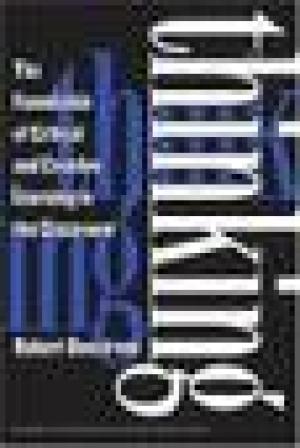
What might a school that wholeheartedly values thinking look like? How can we encourage students to be active learners instead of passive recipients of knowledge? In this engaging book, Boostrom invites readers to think about the ways in which the practice of teaching unintentionally promotes nonthinking. (From the Publisher)
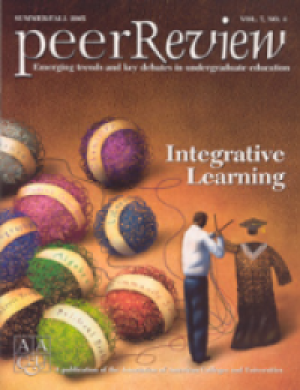
Journal Issue.
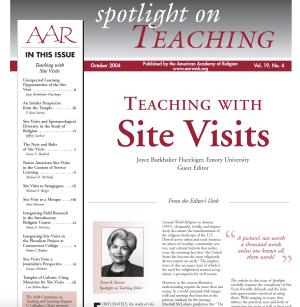
Journal issue. Full text is available online.
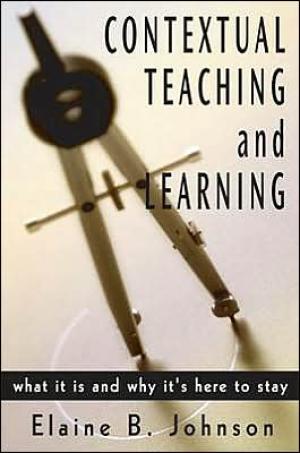
Contextual teaching and learning (CTL) is a system for teaching that is grounded in brain research. Brain research indicates that we learn best when we see meaning in new tasks and material, and we discover meaning when we are able to connect new information with our existing knowledge and experiences. Students learn best, according to neuroscience, when they can connect the content of academic lessons with the context of their own daily lives. Johnson discusses the elements of the brain-compatible contextual teaching and learning system: making meaningful connections; investing school work with significance; self-regulated learning; collaboration; critical and creating thinking; nurturing the individual; reaching high standards; and using authentic assessment. Drawing on the practices of teachers in kindergarten through university, Johnson provides numerous examples of how to use each part of the CTL system. Contextual Teaching and Learning: What it Is and Why It's Here to Stay is more than a handbook on precise steps to follow to help children of all abilities achieve high standards by joining academic lessons with their immediate context. This book also explains how the brain works, discusses why teachers need to pay attention to context, and makes a strong case for the need to teach students to think critically and creatively. This inspirational book urges educators to eliminate the student question: "Why do we have to learn this?" If the educators invest learning with meaning by relying on context, that question won't have to be asked. (From the Publisher)
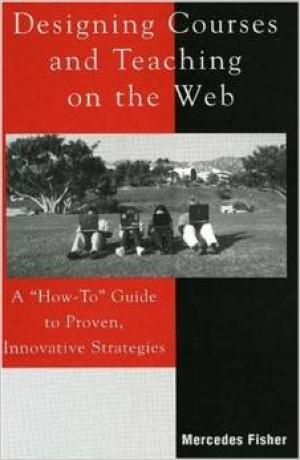
Here is a practical, how to book written for new online web instructors. It will also be helpful to course designers, trainers, administrators, or anyone interested in the potential of online learning and training by providing an excellent introduction to the online education arena. The format provided will easily fit into any course design while utilizing a variety of current resources and tools. (From the Publisher)
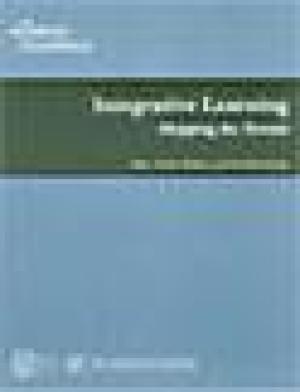
Integrative Learning explores the challenges to integrative learning today as well as its longer tradition and rationale within a vision of liberal education. In outlining promising directions for campus work, the authors draw on AAC&U's landmark report, Greater Expectations, as well as the Carnegie Foundation's long-standing initiative on the scholarship of teaching and learning. Readers will find a map of the terrain of integrative learning on which promising new developments in undergraduate education can be cultivated, learned from, and built upon. (From the Publisher)